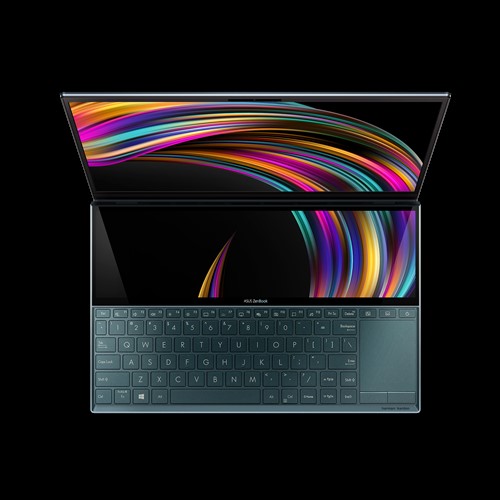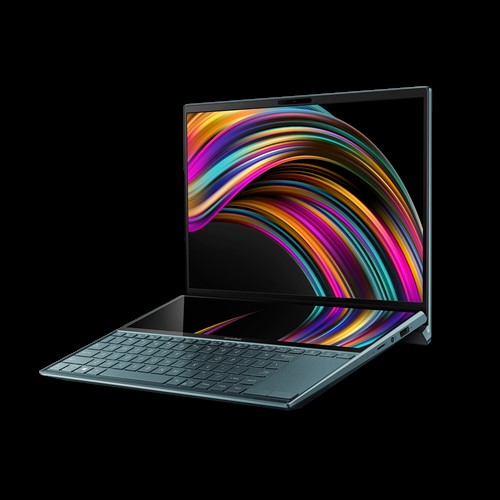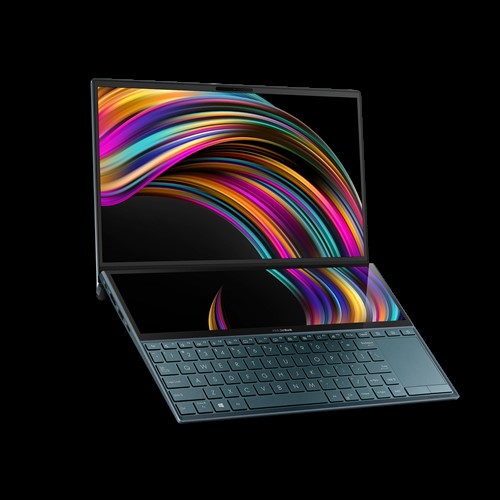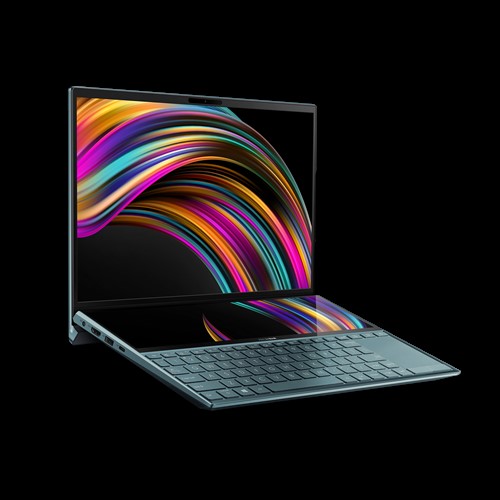Welcome to a new daily column in which we recap the biggest things in the IT world that happened in the last 24 hours that we feel you should know about.
It could be interest you
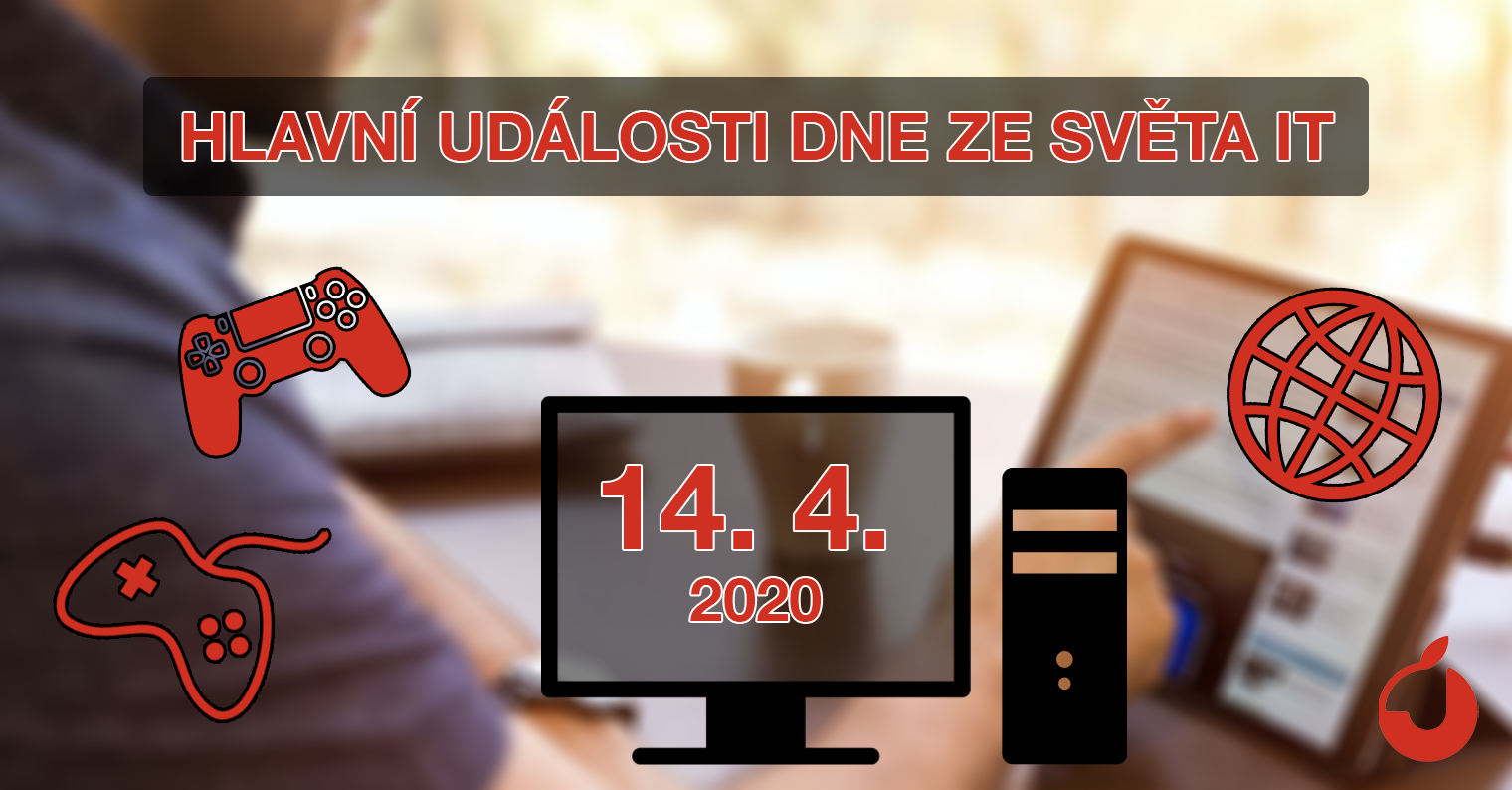
Western Digital keeps the specifications of some of its hard drives secret
Western Digital is a major manufacturer of hard drives and other data storage solutions. Over the past few days, it has gradually begun to realize that the company may be deceiving the customer in one of its important lines of classic disc discs. The information first appeared on reddit, then it was also picked up by larger foreign media, which managed to verify everything. WD uses a different method for storing writeable content in some of its HDDs from the WD Red NAS series (that is, drives intended for use in network storage and servers), which in practice reduces the reliability of the drive itself. In addition, discs affected in this way should have been on sale for more than a year. A detailed explanation is described in this article, in short, the point is that some WD Red NAS drives use the so-called SMR (shingled magnetic recording) method for writing data. Compared to classic CMR (conventional magnetic recording), this method offers a greater maximum capacity of the plate for data storage, but at the price of potentially lower reliability and, above all, speed. At first, WD representatives completely denied that anything like this was happening, but then it began to happen that the large manufacturers of network storage and servers began to remove these drives from the "recommended solutions", and WD sales representatives suddenly refused to comment on the situation. It is a relatively lively case that will certainly have some consequences.
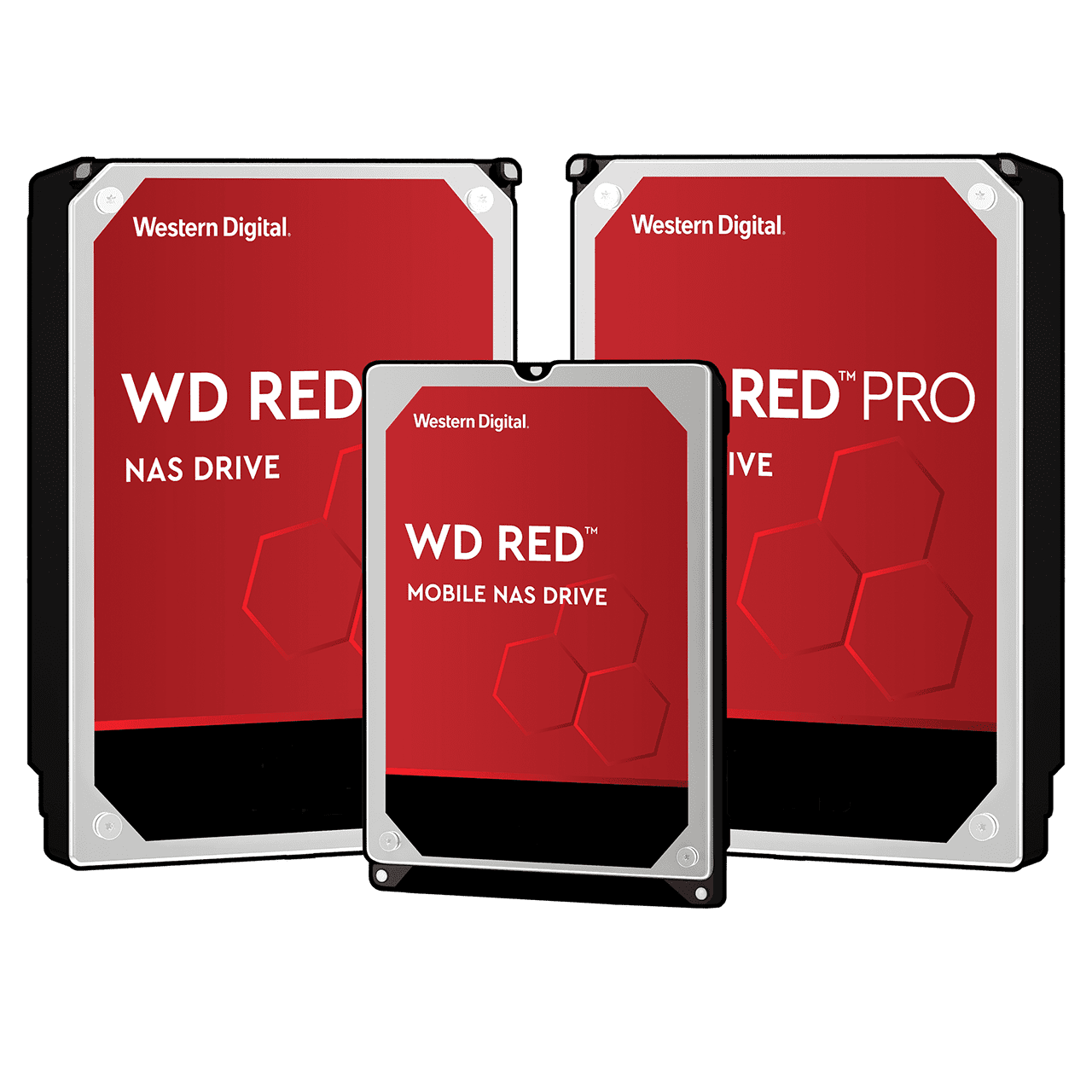
Google is preparing its own SoC for mobile phones, tablets and Chromebooks
A big change is about to happen in the world of mobile processors. Currently, there are mainly three players being talked about: Apple with its A-series SoCs, Qualcomm and the Chinese company HiSilicon, which is behind, for example, the mobile SoC Kirin. However, Google also intends to contribute its bit to the mill in the coming years, which is preparing to release its first own SoC solutions from next year. New ARM chips according to Google's proposal should appear, for example, in phones from the Pixel series or in Chromebook laptops. It should be an octa-core SoC focused on machine learning, artificial intelligence, permanent support for the Google voice assistant and much more. The new SoC for Google would be produced by Samsung using its planned 5nm production process. This is a logical step forward for Google, as the company has already tried manufacturing some partial coprocessors in the past, which appeared, for example, in the second or third Pixel. Hardware of your own design is a huge advantage, especially with regard to optimization, something with which Apple, for example, has many years of experience. If Google finally succeeds in coming up with a solution that can compete with the best, it will become clear in a year.
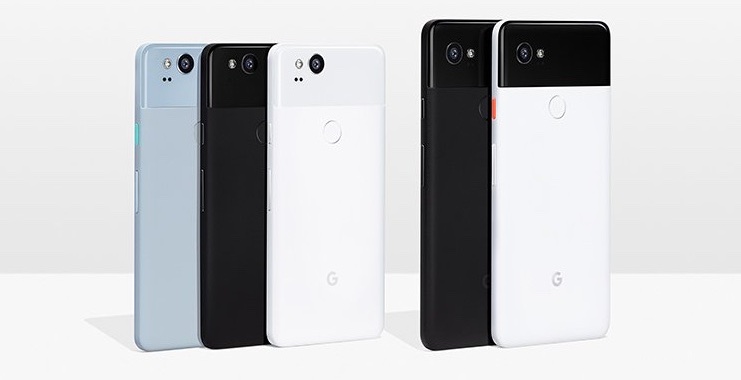
Asus has published the price of a cheaper variant of its innovative laptop with two displays
Asus officially worldwide she started sale of its new ZenBook Duo, which after a long time brings a breath of fresh air to the otherwise stagnant notebook segment. The Asus ZenBook Duo is actually a slimmer and cheaper version of last year's (and gaming) ZenBook Pro Duo model. The model presented today is aimed more at the classic customer, which corresponds to the specifications, as well as the price. The new product contains processors from the 10th Core generation from Intel, a dedicated GPU nVidia GeForce MX250. Storage and RAM capacity are configurable. Instead of the specifications, the most interesting thing about the new product is its design with two displays, which significantly changes the way the user works with the laptop. According to Asus, it works with program developers to make support for the second display as broad as possible. For example, for creative work, an additional desktop must be available for free - for example, for the needs of placing tools or the timeline during video editing. The novelty has been sold in some markets for some time, but as of today it is available globally. It is currently also listed on some Czech e-shops, for example Alza offers the cheapest variant with a 512 GB SSD, 16 GB RAM and an i7 10510U processor for 40 thousand crowns.
